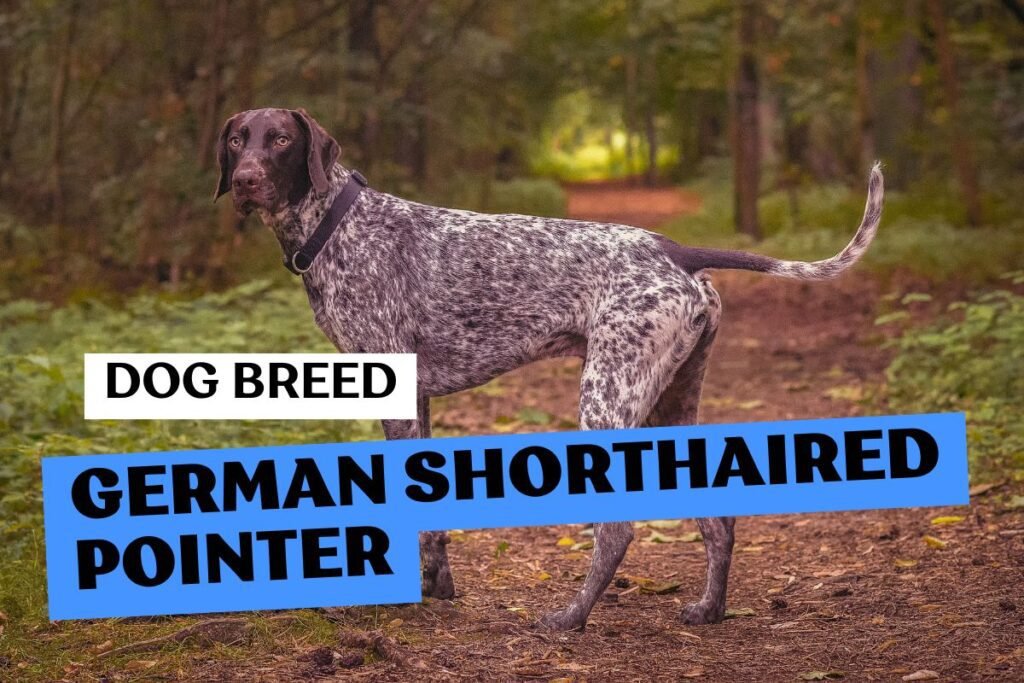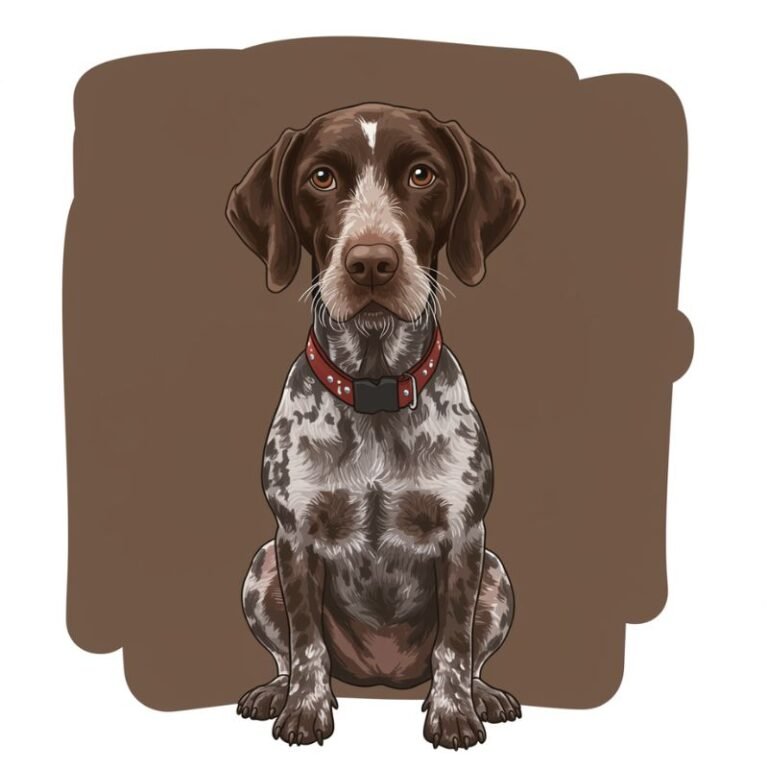

The breed was developed in Germany during the 19th century by combining traditional German hunting dogs with pointers and other sporting breeds. GSPs became popular for their ability to hunt on land and water, track game, and work alongside hunters with exceptional skill.
We use cookies to ensure you have the best experience, improve functionality and performance, personalize ads, and analyze traffic. By clicking ‘Allow,’ you agree to our use of cookies. For more information, visit our Privacy Policy.